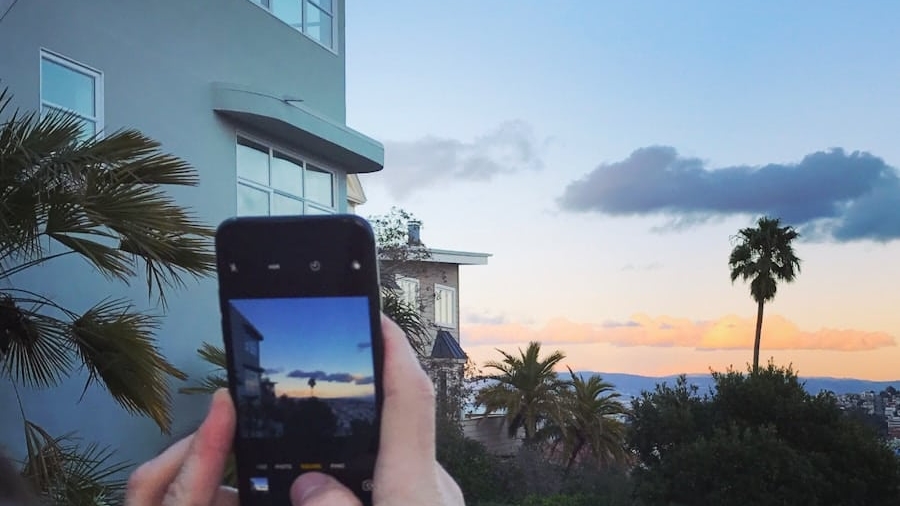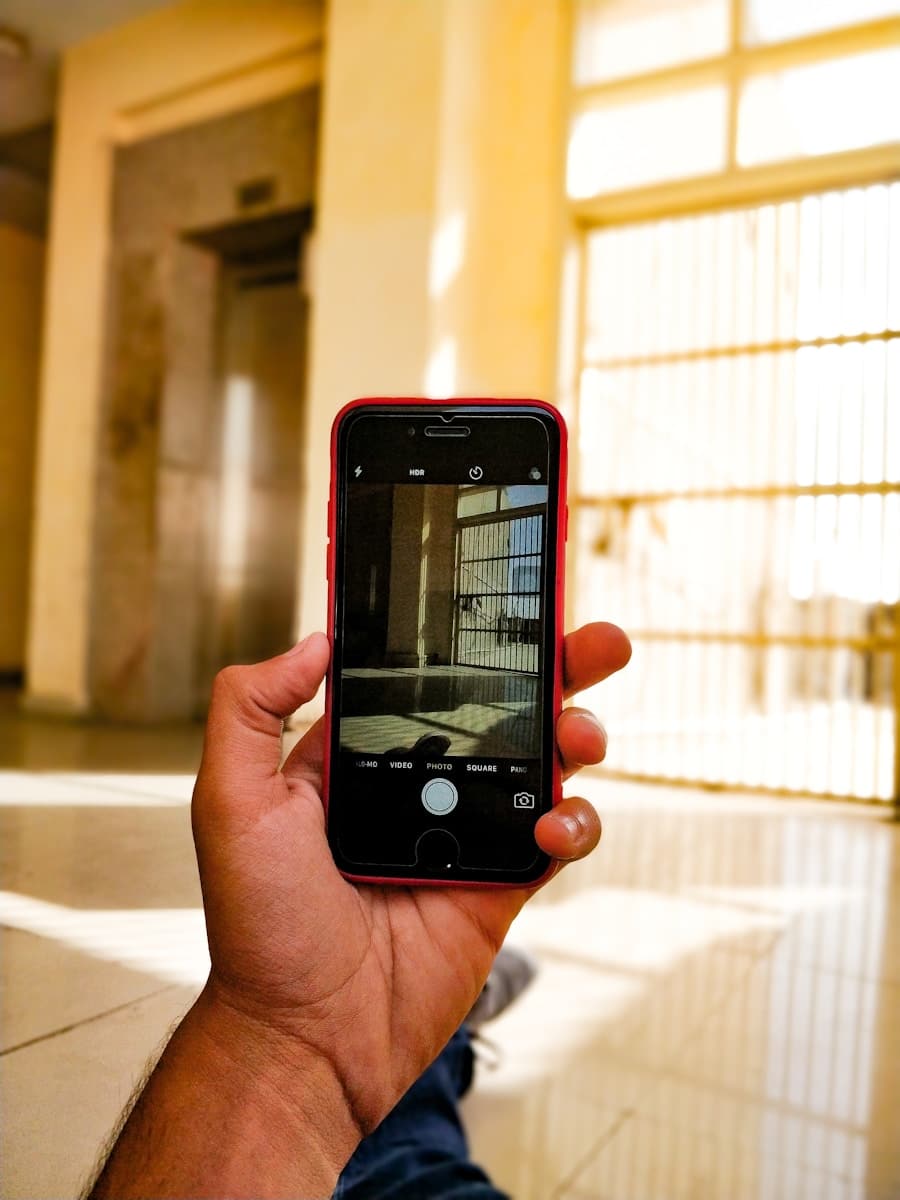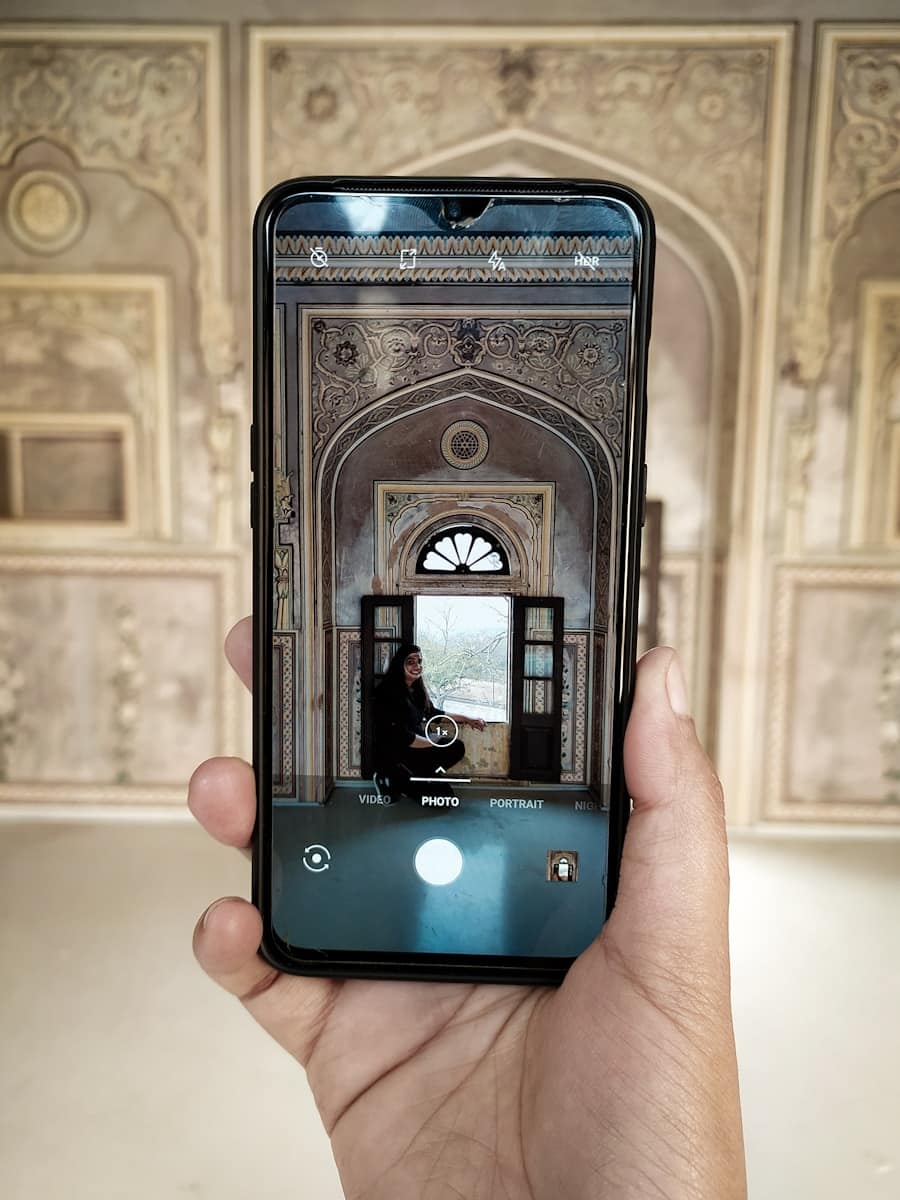In recent years, the real estate industry has undergone a significant transformation, driven largely by advancements in technology. One of the most notable developments is the rise of virtual real estate tours, which have revolutionized how properties are showcased to potential buyers. These immersive experiences allow prospective homeowners to explore properties from the comfort of their own homes, providing a level of convenience and accessibility that traditional open houses cannot match.
Virtual tours leverage high-quality images, 360-degree views, and interactive elements to create a comprehensive representation of a property, enabling buyers to visualize themselves in the space without the need for physical presence. The advent of virtual tours has been particularly beneficial in a fast-paced market where time is of the essence. Buyers can quickly narrow down their options by virtually walking through multiple properties in a single day, saving both time and effort.
This shift not only enhances the buyer’s experience but also allows real estate agents to reach a broader audience. As technology continues to evolve, the integration of augmented reality (AR) into virtual tours is emerging as a game-changer, offering even more dynamic and engaging ways to present real estate listings.
Key Takeaways
- Virtual real estate tours provide a digital experience for potential buyers to view properties remotely.
- Augmented reality (AR) is becoming increasingly popular in real estate for its ability to overlay digital information onto the physical world.
- Using AR in virtual real estate tours can enhance the visualization of properties and provide a more immersive experience for buyers.
- Challenges and limitations of AR in real estate tours include the need for high-quality devices and potential technical glitches.
- Virtual reality (VR) plays a role in enhancing real estate tours by creating fully immersive experiences for potential buyers.
The Rise of Augmented Reality in Real Estate
Enhancing the Property Exploration Experience
This technology allows users to visualize changes to a space, such as different paint colors or furniture arrangements, in real-time.
One of the key drivers behind the adoption of AR in real estate is the increasing demand for innovative marketing strategies.
Interactive Property Listings
AR applications can provide detailed information about a property, such as square footage, room dimensions, and even neighborhood amenities, all while users navigate through a virtual environment. This level of interactivity not only captivates potential buyers but also helps agents differentiate their listings in a competitive market.
Benefits of Using AR in Virtual Real Estate Tours
The integration of augmented reality into virtual real estate tours offers numerous advantages that enhance both the buyer’s experience and the seller’s marketing strategy. One significant benefit is the ability to visualize potential modifications to a property. For instance, prospective buyers can use AR applications to see how different furniture styles or layouts would look in a given space.
This capability allows them to make more informed decisions about whether a property meets their needs and preferences. Moreover, AR can provide contextual information that enriches the viewing experience. For example, while exploring a kitchen through an AR-enabled tour, users might receive pop-up details about the appliances, countertops, or cabinetry.
This additional layer of information can help buyers understand the value of certain features and make comparisons with other properties more effectively. Furthermore, AR can facilitate remote collaboration between buyers and their agents or family members, allowing them to share experiences and opinions in real-time as they explore properties together.
Challenges and Limitations of AR in Real Estate Tours
Despite its many advantages, the implementation of augmented reality in virtual real estate tours is not without challenges. One primary concern is the technological barrier that may prevent some potential buyers from fully engaging with AR experiences. Not all users possess smartphones or devices capable of supporting advanced AR applications, which could limit the reach of these innovative tools.
Additionally, those who are less tech-savvy may find it difficult to navigate AR interfaces, potentially leading to frustration rather than enhanced engagement. Another challenge lies in the quality and accuracy of AR content. For an augmented reality experience to be effective, it must be meticulously designed and executed.
Poorly rendered graphics or inaccurate representations can mislead potential buyers and damage trust in the listing or the agent. Furthermore, creating high-quality AR content requires significant investment in both time and resources, which may not be feasible for all real estate professionals. As such, while AR holds great promise for enhancing virtual tours, its successful implementation necessitates careful consideration of these challenges.
The Role of Virtual Reality in Enhancing Real Estate Tours
While augmented reality adds an interactive layer to property exploration, virtual reality (VR) takes immersion to an entirely new level. VR allows users to step into a fully realized digital environment where they can experience a property as if they were physically present. This technology has become increasingly popular in real estate marketing as it provides an unparalleled sense of presence and spatial awareness that traditional photos or videos cannot replicate.
One of the most compelling aspects of VR in real estate is its ability to transport users into properties that may be located far away or still under construction. For instance, developers can showcase new developments through VR tours before they are completed, allowing potential buyers to envision their future homes even before the first brick is laid. This capability not only broadens the market reach for sellers but also helps buyers make decisions with greater confidence by providing them with a realistic sense of scale and layout.
The Future of AR in Real Estate Marketing
As technology continues to advance at a rapid pace, the future of augmented reality in real estate marketing looks promising. One potential direction is the integration of artificial intelligence (AI) with AR applications to create even more personalized experiences for users.
Additionally, as 5G technology becomes more widespread, it will enhance the performance and accessibility of AR applications. Faster internet speeds will enable smoother interactions and higher-quality graphics, making AR experiences more engaging and realistic. This technological evolution could lead to widespread adoption among both buyers and sellers, transforming how properties are marketed and explored.
Innovations and Trends in Virtual Real Estate Tours Using AR
The landscape of virtual real estate tours is continually evolving as new innovations emerge within the realm of augmented reality. One notable trend is the use of gamification elements within AR applications to enhance user engagement. By incorporating interactive features such as quizzes or challenges related to property features or local amenities, real estate agents can create a more enjoyable experience that encourages users to spend more time exploring listings.
Another innovation gaining traction is the use of mixed reality (MR), which combines elements of both augmented and virtual reality. MR allows users to interact with digital objects overlaid on their physical environment while still being aware of their surroundings. In real estate tours, this could mean allowing potential buyers to visualize how furniture would fit into a room while simultaneously walking through an actual property.
This seamless blend of digital and physical experiences could redefine how buyers engage with listings.
The Impact of AR on the Future of Real Estate Tours
The integration of augmented reality into virtual real estate tours represents a significant leap forward in how properties are marketed and experienced by potential buyers. By enhancing interactivity and personalization, AR has the potential to transform traditional property viewing into an engaging journey that captivates users’ attention and facilitates informed decision-making. As technology continues to advance and new innovations emerge, it is clear that augmented reality will play an increasingly vital role in shaping the future landscape of real estate marketing.
As we look ahead, it is essential for real estate professionals to embrace these technological advancements and adapt their strategies accordingly. By leveraging AR and VR tools effectively, agents can not only enhance their listings but also create memorable experiences that resonate with buyers long after they have left a virtual tour. The impact of augmented reality on real estate tours is profound; it not only streamlines the buying process but also fosters deeper connections between buyers and properties, ultimately leading to more successful transactions in an ever-evolving market.
In a recent article on Enicomp, it was reported that a Cryptopunks NFT bundle sold for a staggering $17 million in a Christie’s auction. This news highlights the growing popularity and value of virtual assets in the digital world. As virtual real estate tours using AR become more prevalent, it is clear that the market for digital goods is expanding rapidly. For those interested in staying up to date with the latest tech trends, Enicomp also offers a guide on the best smartwatch apps of 2023 and tips on how to choose the best PC for students. These articles provide valuable insights into the ever-evolving world of technology and its impact on our daily lives. Source
FAQs
What is AR?
AR stands for Augmented Reality, which is a technology that superimposes a computer-generated image on a user’s view of the real world, thus providing a composite view.
What are virtual real estate tours?
Virtual real estate tours are digital simulations of real estate properties, typically used for marketing purposes. They allow potential buyers to view properties remotely.
How does AR enhance virtual real estate tours?
AR enhances virtual real estate tours by overlaying digital information onto the real-world environment, allowing users to interact with virtual elements as if they were physically present in the space.
What is the future of virtual real estate tours using AR?
The future of virtual real estate tours using AR is expected to involve more immersive and interactive experiences, allowing users to customize and personalize their virtual tours to a greater extent.
What are the benefits of using AR in virtual real estate tours?
Some benefits of using AR in virtual real estate tours include increased engagement, improved visualization of properties, and the ability to provide a more interactive and personalized experience for potential buyers.



